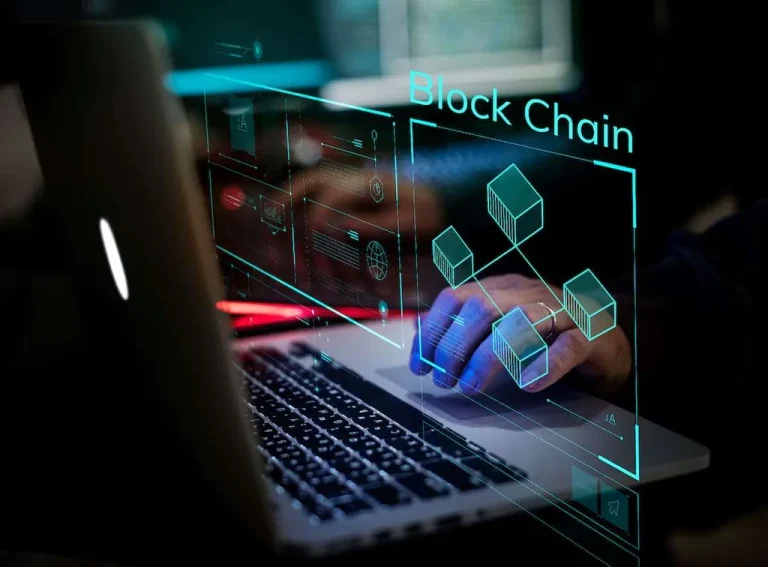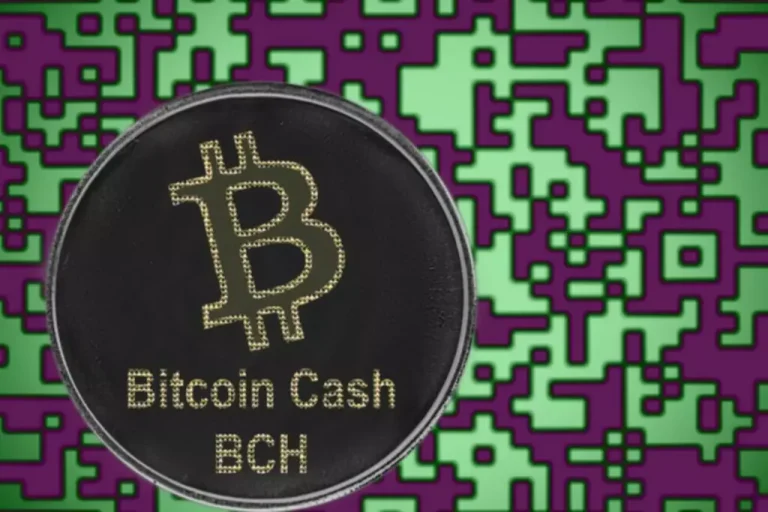The AI application which offers the flexibility to a system to routinely study and enhance from expertise without any unique programming is taken into account machine learning expertise. It focuses on the development of such programs which can access information and use them to boost their studying by observations or knowledge, direct expertise, or instruction, to hunt cutting edge software patterns in data. The blend of cognitive science and computer science with significant impacts on the personal and skilled lives of people is considered Cognitive Computing.
Anil Kapoor Featured In Time’s 100 Most Influential People In Ai Cowl, However Sam Altman Misses Out: Here’s Why
In order to make sure optimum performance and longevity, AI can analyse monumental quantities of data to pinpoint the materials that are best fitted to explicit battery purposes. Additionally, it can forecast how batteries will behave underneath various circumstances, permitting manufacturers to create batteries which may be specialised for particular use cases. AI streamlines manufacturing procedures during the manufacturing part, decreasing waste and enhancing high quality assurance.
Utilizing Artificial Intelligence Within The Metaverse
The cutting-edge know-how is all made to make the particular course of more practical. By partnering with ARK Infosolutions, you achieve access to cutting-edge know-how, skilled steerage, and dependable support, empowering you to take your video productions to the next stage and obtain your inventive vision. So, unleash your creativity, embrace the method ahead for video production, and elevate your content material with the help of ARK Infosolutions. Advanced seismic imaging strategies, together with 4D seismic monitoring, enable for a extra detailed understanding of reservoir dynamics. This technology helps in mapping subsurface formations and monitoring modifications in reservoirs over time, leading to more practical drilling and manufacturing methods.
Exponential Progress Of Iot And Its Security In Network Providers
Thankfully, the new-age players in the movers and packers section swiftly realised the need of the hour and commenced adopting cutting-edge technologies of their day-to-day operations. The field of robotics is advancing every day, and companies are utilizing robots to deploy aerial fibers using the already obtainable electrical infrastructure. Moreover, such technology could make fiber accessible in terrains where underground duct construction is difficult.
Designing Knowledge Centre Networks: Methods For Optimum Efficiency And Efficiency

By embracing these revolutionary applied sciences, battery producers are poised to shape a extra sustainable and electrified world. Blockchain, which is basically a decentralized and immutable ledger facilitating transparent transactions, has a variety of sectors with potential to disrupt these industries, together with healthcare, energy, banking and more. This technology has already demonstrated potential to transmogrify areas like supply chain financing and cross-border payments amongst many others, successfully decreasing overheads in addition to eliminating intermediaries. The foreseen potential itself introduces promising funding avenues into fintech organizations which are at present using the wave and leveraging blockchain’s capabilities to realize faster and cost-effective transactions. In today’s fast-paced and interconnected world, the emergence of disruptive applied sciences has turn into a catalyst for change across numerous industries. The monetary trade too is experiencing a seismic shift as rising applied sciences redefine traditional norms.

Koreai Launches Xo Automation, Contact Center Ai Availability In Aws Marketplace
- The rising utilization of Artificial Intelligence expertise for cybersecurity and surveillance is certainly one of the main developments in artificial intelligence that we are now witnessing.
- With state-of-the-art services, industry-expert college, and a dynamic curriculum that embraces the latest technologies, CMR University is committed to nurturing the next technology of tech leaders.
- Since they streamline workflows, it minimizes the time required to develop, check, and deploy applications.
- Virtual Reality (VR) and Augmented Reality (AR) are creating immersive experiences that have been as soon as the stuff of science fiction.
- Advanced seismic imaging methods, including 4D seismic monitoring, enable for a extra detailed understanding of reservoir dynamics.
Blockchain became well-liked because of Bitcoin, but its applications transcend cryptocurrency. Blockchain is a series of public ledgers, and each block of the chain (hence the name) has a cryptographic stamp of the previous block. Often the whole chain is managed by distributed computing architecture, making Blockchain extremely secure. And its use in issues similar to supply chains and vitality grids has been demonstrated. In reality, the present approaches of NLP are primarily based on deep learning which evaluates and uses knowledge patterns to boost program understanding.
Is An Agent Of Change For Iot — Drive The Bss Evolution For The Iot Evolution
This includes optimizing drilling parameters, monitoring gear well being, and anticipating potential failures. These robotic systems are used for subsea inspection, maintenance, and restore operations. They can operate in harsh, deepwater environments, lowering the necessity for human intervention and enhancing safety. These systems contain separating oil, gasoline, and water at the seabed, considerably lowering the load on floor services. Subsea separation and boosting can enhance restoration rates and permit exploitation of remote or deepwater reservoirs. This was complemented by 4G and Long Term Evolution (LTE), which made it possible for speedy, wi-fi transmission of heavy knowledge files, together with video content.

The country aims to cut back its reliance on imports of defence equipment and technology and enhance its defence exports to grab a share of the $2.1 Tn global defence market. The Make in India initiative aims to encourage the indigenous manufacturing of defence gear by established firms and rising startups and SMEs through tax incentives and favorable insurance policies. Additionally, the Indian authorities has also launched the Innovation for Defence Excellence (IDEX) program to foster innovation and promote startups in the defence sector.
Within this dynamic panorama, a quantity of pioneering companies have emerged as trailblazers, driving transformative developments via cutting-edge technologies. Their relentless pursuit of innovation and expertise in growing next-generation options has positioned them as key players reshaping the method ahead for defense know-how. Cutting-edge expertise refers again to the most superior and revolutionary tools, software program, and methodologies obtainable in the industry. These applied sciences are on the forefront of development, typically main the finest way in shaping the method ahead for enterprise and society. Whether it’s synthetic intelligence, machine learning, cloud computing, or blockchain, cutting-edge technology is characterised by its capacity to push boundaries and create new possibilities. Today, an rising variety of businesses automate their business processes using AI technologies.
The key to this increased capacity lies in the usage of sulphur as a cathode material, which has a much larger vitality density than typical materials. By utilising sulphur, lithium-sulphur batteries can retailer extra lithium ions, resulting in larger vitality storage capacity. This development has implications not only for electric vehicles but also for renewable energy storage, where the power to store extra power with a smaller footprint is important. Lithium-sulphur batteries are additionally more environmentally friendly, as sulphur is ample and widely out there, decreasing the reliance on rare and expensive supplies used in lithium-ion batteries.
It also facilitates the incorporation of novel supplies and architectures, pushing the boundaries of battery design and effectivity. This know-how is especially promising for niche applications, similar to medical units and aerospace, the place particular battery requirements demand personalized solutions. As Additive Manufacturing matures, it’ll allow the mass manufacturing of tailor-made batteries, driving innovation in a wide range of industries. As a driving force behind fashionable innovation, cutting-edge technology permits companies to stay ahead of the curve, enhance effectivity, and provide unparalleled services. At World Web Robotics Enterprise, we are dedicated to harnessing the ability of the newest technological advancements to provide safe, efficient, and transformative solutions. Let’s discover what cutting-edge expertise entails, why it’s essential for your corporation, and the way our companies might help you thrive in an ever-evolving digital world.
Addressing points round privateness, data possession, and AI ethics is critical to ensuring software improvement meets societal expectations. Lithium-sulphur batteries have emerged as one other game-changing technology within the battery manufacturing panorama. They supply significantly higher vitality storage capacity compared to traditional lithium-ion batteries.
Deep Learning can be termed as a subset of machine learning technology that mimics the functionalities of the human brain for data processing and creation patterns that are further used for choice making. The expertise has the ability to be taught unsupervised from data that is unstructured or unlabelled. It makes use of a hierarchical stage of artificial neural networks to hold out the ML process. Such networks are constructed just like the human mind, with neuron nodes which might be connected together like a web. The expertise enables the analysis of voluminous information whereas delivering quick and correct outcomes. Combining machine learning with cognitive technologies can open more windows for the efficient processing of massive information.
At the forefront of this evolution are Bachelor of Computer Applications (BCA) programs, offering a gateway to the long run through cutting-edge applied sciences. Data collection and translation are made simple by using Artificial Intelligence and IoT applied sciences. The AIoT, which is beginning to acquire recognition, is the consequence of an rising variety of companies combining Artificial Intelligence with IoT for improved outcomes all around. Blockchain solves all issues relating to financial transactions and helps safe priceless knowledge.
Read more about https://www.xcritical.in/ here.


